ULFA(I): Drone Strike Allegations and Rising Concerns on the Myanmar Border
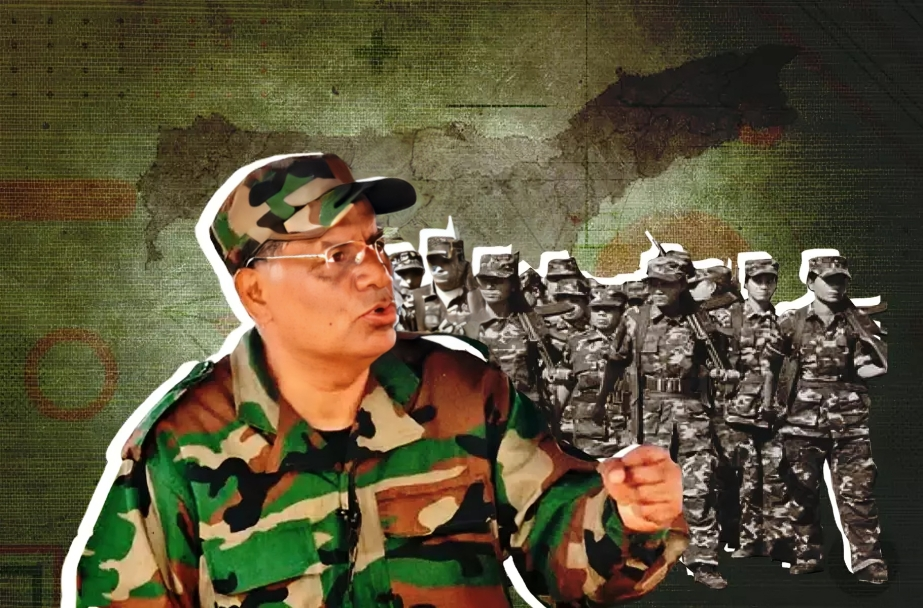
On July 13, 2025, the banned insurgent group known as United Liberation Front of Asom-Independent (ULFA-I) reported that its mobile camps near the Indo-Myanmar border were hit by a drone attack before dawn. This incident has reignited discussions about India's counter-insurgency tactics in the Northeastern region. According to ULFA(I), over 150 drones, reportedly sourced from Israel and France, targeted their bases between 2 AM and 4 AM in Myanmar’s Sagaing area, resulting in the death of senior leader Lt Gen Nayan Asom and injuries to 19 members of the group.
Although various media outlets have described the attack as a significant setback for ULFA(I), the Indian Army has officially denied any participation. A defense spokesperson stated, “No such operation was conducted,” despite claims from insurgent sources and online videos suggesting otherwise.
ULFA(I) represents the hardline faction of the United Liberation Front of Asom (ULFA), which was established in 2012 by Paresh Baruah. Unlike the faction that engages in dialogue and signed a peace agreement with the Indian government in December 2023, ULFA(I) maintains its demand for an independent Assam without compromise.
The group operates from the dense jungles of Myanmar's Sagaing region, where it runs training camps and orchestrates insurgent activities in Northeast India, particularly in Upper Assam.

Founded on April 7, 1979, in Sivasagar, Assam, ULFA emerged during the Assam Movement (1979–1985), which was a mass protest against illegal immigration from Bangladesh. The organization leveraged local discontent regarding economic neglect, cultural marginalization, and demographic changes to push for independence from India.
At its height during the 1980s and 1990s, ULFA was involved in activities such as:
| Extortion from tea estates and industries |
| Kidnappings of top executives |
| Targeted assassinations of political figures |
| Disruption of oil and infrastructure projects |
By 1990, the organization reportedly amassed an annual revenue of over ₹30–40 crore, with assets held abroad, establishing itself as one of the most powerful insurgent groups in India’s northeast.
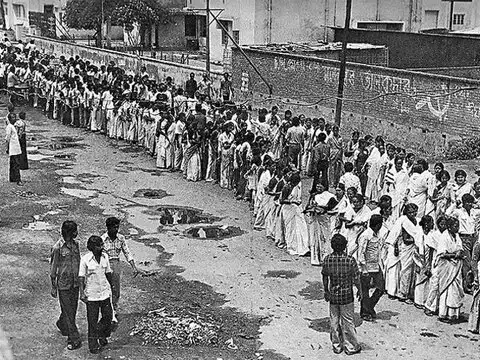
The Indian Army initiated Operation Bajrang in 1990 and Operation Rhino in 1991 to dismantle ULFA’s terror network. While Operation Bajrang failed due to intelligence leaks, Operation Rhino was more successful, resulting in numerous arrests and the breakdown of several safe houses. However, key leaders, including Paresh Baruah, evaded capture and reestablished the group in Myanmar.

Divergent views on peace talks led to a split within ULFA between 2011 and 2012. The faction led by Arabinda Rajkhowa entered into negotiations with the government, whereas Paresh Baruah remained firmly against discussions without the prospect of sovereignty, ultimately forming ULFA-Independent (ULFA-I).
While the mainstream faction concluded a peace agreement in December 2023, ULFA(I) persists with its insurgent activities, refusing engagement with the Indian government.
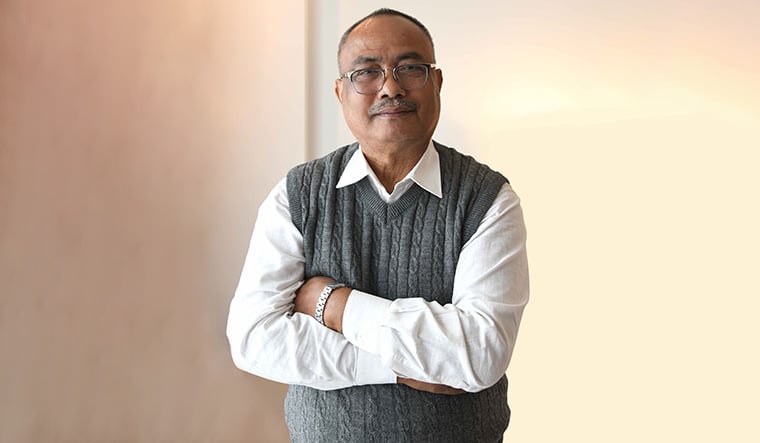
As of 2025, according to the Ministry of Home Affairs, ULFA(I) comprises approximately 200–250 armed members. The group maintains four camps in Myanmar and possesses over 200 weapons, including advanced assault rifles.
ULFA(I) is part of the United Liberation Front of Western South East Asia (UNLFW), a coalition that includes northeastern insurgent groups like NSCN-K, NDFB(S), and KLO. The group participated in the 2015 Manipur ambush, which resulted in the deaths of 18 Indian soldiers and led to India's first cross-border operation in Myanmar.
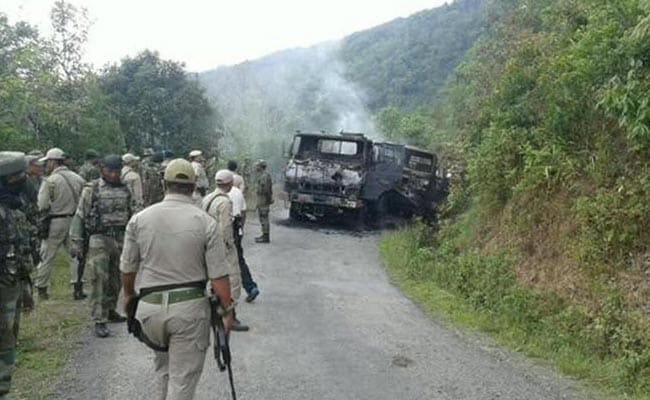
Paresh Baruah, born in 1956 and formerly a goalkeeper and employee at Oil India, became ULFA’s military chief. Post the 2012 split, he established ULFA(I) and maintained his firm stance from bases in Myanmar and Yunnan, China.
Baruah is noted for his staunch ideology. In 2010, when his son was reportedly kidnapped by Indian agencies in Bangladesh, he remarked, “My son is not more important than my people.”
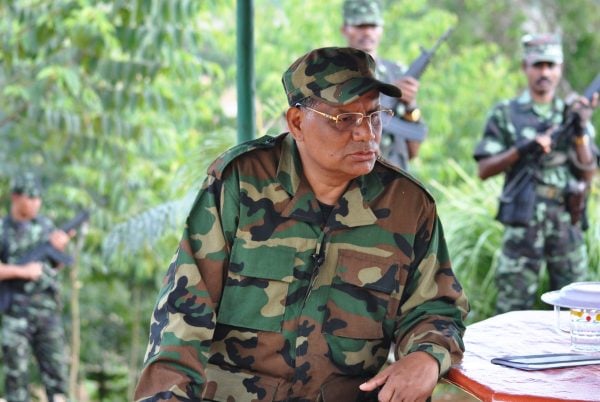
Despite diminished numbers, ULFA(I) continues to recruit youth, particularly from Assam’s eastern districts like Dibrugarh and Tinsukia. Financial operations include:
| Micro-extortion from small traders (as little as ₹2,000) |
| High-profile demands, such as ₹72 lakh from a tea garden in 2023 |
| Declining local support due to a history of violence and disruption |
A 2023 National Investigation Agency report disclosed ULFA(I)'s plans to conduct IED attacks during national celebrations, leading to charges against Paresh Baruah and other members.

Since the 2021 military coup in Myanmar, coordination between Indian and Myanmar forces has deteriorated, enabling ULFA(I) to regroup in Myanmar’s lawless border regions. The 1,600-km porous border shared by India and Myanmar complicates counter-insurgency efforts. Nonetheless, India has previously demonstrated its capabilities through cross-border surgical strikes, such as the 2015 Operation Hot Pursuit.
India is currently employing a three-pronged strategy that combines military pressure, peace negotiations, and economic development. The strategy includes cross-border raids, technology-driven surveillance, including drone operations, engaging with pro-dialogue factions, and launching extensive infrastructure projects to provide jobs and promote political inclusion. This comprehensive approach has considerably weakened ULFA(I)’s support base, as evidenced by reduced recruitment and extortion activities.
Despite its symbolic challenge to India's sovereignty, ULFA(I)'s operational capacity is increasingly limited. Alleged drone strikes, if verified, could represent a pivotal moment in the history of insurgency in Northeast India, indicating a move toward advanced, precision-based cross-border military actions.
For enduring peace, India must continue addressing root causes such as unemployment, fears of illegal immigration, and regional disparities, while also neutralizing threats through strategic security measures and inclusive governance.
















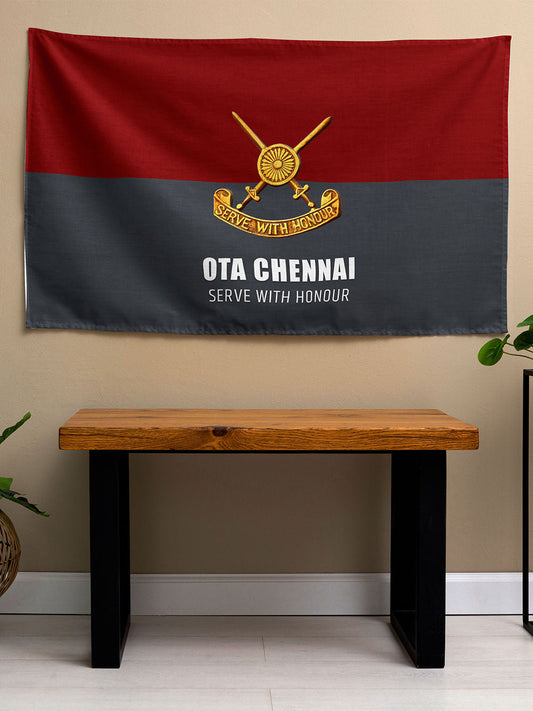



1 comment
Terrorists are terrorists in any country they operate, and for enduring peace, they need to be eliminated by whatsoever means, or force that are available. They do not understand the language of peace, unemployment, fears of illegal immigration, and regional disparities,